Preface
Contents
Contributors
The Pokémon GO Phenomenon in Theoretical, Cultural and Conceptual Contexts
1 Waiting for the Augmented Reality ‘Killer App’: Pokémon GO 2016
1.1 Introduction
1.2 Blockbusters
1.3 Not Enough Novelty (Sci-Fi Disappointments)
1.4 What Are We Waiting for?
1.5 The AR Great Train Robbery
References
2 Characteristics of Game Transfer Phenomena in Location-Based Augmented Reality Games
2.1 Introduction
2.2 Overview on GTP Research
2.2.1 Most Common GTP in Location-Based AR Games
2.2.2 Factors Relevant to GTP in Location-Based AR Games
2.2.3 Immersion in Location-Based AR Games
2.3 Peculiarities of GTP in Location-Based AR Games Played on Portable Devices
2.4 Interplay Between Physical and Virtual Worlds and GTP
2.5 Conclusions, Final Remarks and Directions for Future Research
References
3 The Concept of the Magic Circle and the Pokémon GO Phenomenon
3.1 Introduction
3.2 Introducing the Magic Circle
3.3 Play—What Is It?
3.4 A Game—What Is It?
3.5 Analyzing the Magic Circle
3.6 Playing Games Playing with the Magic Circle
3.7 Pokémon GO, Augmented Reality and the Magic Circle
3.8 Informal Communities and the Magic Circle in Pokémon GO
3.9 Virtual Forums Around Pokémon GO as Extension of the Magic Circle
3.10 Conclusions
References
4 Mediation Theory Between Pokémon GO and the Everyday World
4.1 Introduction
4.2 Phenomenology and Pokémon GO
4.2.1 Looking into Another World Within a Frame
4.2.2 Looking into Another World Without a Frame
4.3 Multiple Realities and Their Effects
4.3.1 A Phenomenological Approach
4.3.2 Mediation Theory and Pokémon GO
4.4 Conclusions
References
5 Augmented Reality, Games and Art: Immersion and Flow
5.1 Introduction
5.2 AR and the Path to It
5.3 AR Games
5.4 Success of Augmented Reality in Games: Flow and Immersion
5.5 Conclusion
References
The Nature of the Pokémon GO Phenomenon and Lessons Learned
6 Motives for Playing Pokémon GO and Their Associations with Problematic and Health Behaviors
6.1 Introduction
6.2 General Motives for Gaming
6.3 Empirical Investigation of Motives for Playing Pokémon GO
6.3.1 An Overview of the Main Characteristics of Empirical Studies
6.3.2 The Association of Motives with Pokémon GO Use
6.3.3 The Association of Motives with Health and Problematic Behaviors
6.4 Conclusion
References
7 Player Experiences in Location-Based Games: Memorable Moments with Pokémon GO
7.1 Introduction
7.2 Research Question and Methodology
7.3 Results
7.3.1 Game Play and Game Content
7.3.2 People and Sociability
7.3.3 Location
7.3.4 Circumstances and Context
7.3.5 Negative Events
7.3.6 Feelings
7.3.7 Other Codes
7.4 Discussion
7.4.1 Game Play and Game Content
7.4.2 People and Sociability
7.4.3 Location and Circumstances and Context
7.4.4 Negative Events and Feelings
7.4.5 Other Relevant Findings
7.5 Conclusions
References
8 I Play, You Play and We Play Together: Social Interaction Through the Use of Pokémon GO
8.1 Introduction
8.2 Social Skills
8.3 Methodology
8.4 Pelotas City
8.5 Social Interaction Outcomes
8.6 Final Considerations
References
9 Long-Term Engagement in Mobile Location-Based Augmented Reality Games
9.1 Introduction
9.2 Mobile Location-Based AR Games
9.2.1 Pokémon GO
9.2.2 Ingress
9.3 Player Survey
9.3.1 Demographics
9.3.2 Experience and Level of Engagement
9.3.3 Player Preferences: Motivations
9.3.4 Player Preferences: Activities and Achievements
9.3.5 Integration of Gaming into Daily Life
9.3.6 Self-description of Playing Style
9.3.7 Triggers for Starting and Ending a Session
9.4 Design Implications
9.5 Discussion
9.6 Summary and Conclusions
References
10 Health Implications of Augmented Reality Games on Children and Adolescents
10.1 Introduction
10.2 ARG’s Impact on Children and Adolescents
10.2.1 Pokémon GO Overview
10.2.2 Pokémon GO and ARG’s Physical Impact
10.2.3 Pokémon GO and the Impact of ARG’s on Socialization
10.2.4 Pokémon GO and ARG’s Psychological Impact
10.3 ARG’s Educational Impact
10.4 AR and Improving Children’s Medical Experience and Use in Medical Treatment and Education
10.5 Policy and Groundwork Recommendations
References
11 Playing Pokémon GO in a Public Park in Malaysia: A Survey and Analysis
11.1 Introduction
11.2 Methodology
11.3 Pokémon GO in the Park
11.4 Findings
11.5 Discussion
References
The Pokémon GO Phenomenon in Educational Context
12 A Theoretical-Practical Framework for the Educational Uses of Pokémon GO in Children and Adolescents
12.1 Introduction
12.2 Pokémon GO and Its Relation to Physical Activity
12.3 Pokémon GO and Its Relation to Cognition
12.4 Augmented Reality as a Didactic Tool
12.5 Didactic Proposal
12.5.1 Gymkhana by Means of AR in Physical Education Classes
12.5.2 The Hidden Message
12.5.3 Roald Dahl GO
12.5.4 Creation of Escape Room or Educational Break Out
12.6 Some Limitations of These Proposals
12.7 Conclusion
References
13 Pokémon GO Between Incidental Learning and Frame Analysis: It’s the End of the World as We Know It
13.1 Introduction
13.2 The Game and Its Unexpected Benefits
13.2.1 Physical and Mental Health
13.2.2 Kids Learning Geography
13.2.3 Reality Restructured: Phenomenology of Pokémon GO
13.3 Frame Analysis
13.4 Incidental Learning
13.5 Conclusions
References
14 Augmented Education: Location-Based Games for Real-World Teaching and Learning Sessions
14.1 Introduction
14.2 Extended Background
14.2.1 Mobile Game-Based Learning
14.2.2 Location-Based Games
14.2.3 Augmented Reality
14.2.4 Augmented Learning
14.3 Method
14.4 Ingress and Pokémon GO
14.5 Findings and Discussions
14.5.1 Collaboration and Intended Points of Interest
14.5.2 Orchestrating Mobile Teaching and Learning
14.6 Conclusions
14.7 Future Research
References
15 Get Gamified: Promoting Augmented Reality and Digital Game Technology in Education
15.1 Introduction
15.2 Using Augmented Reality and Digital Game Technology as a New Pedagogy in Education
15.2.1 DGT in Health Education
15.3 Gaming Technology Framework
15.4 The ‘Why’ of Augmented Reality and Digital Game Technology
15.5 The ‘What’ of Augmented Reality and Digital Game Technology
15.6 The ‘How’ of Augmented Reality and Digital Game Technology
15.6.1 AR in Physical Education
15.6.2 DGT in Science Education
15.6.3 AR and DGT in Mathematics
15.6.4 AR and DGT in English Language Arts
15.6.5 The ‘Who’ and ‘When’ of Augmented Reality and Digital Game Technology
15.7 Conclusions
References
Concluding Remarks: Back to Life, Back to (Augmented) Reality
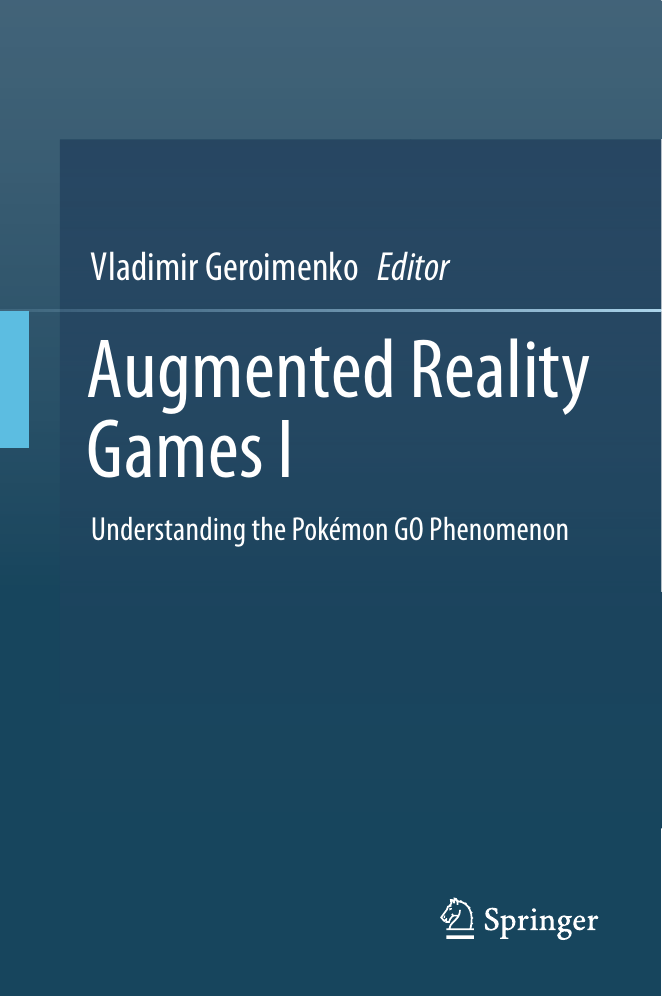


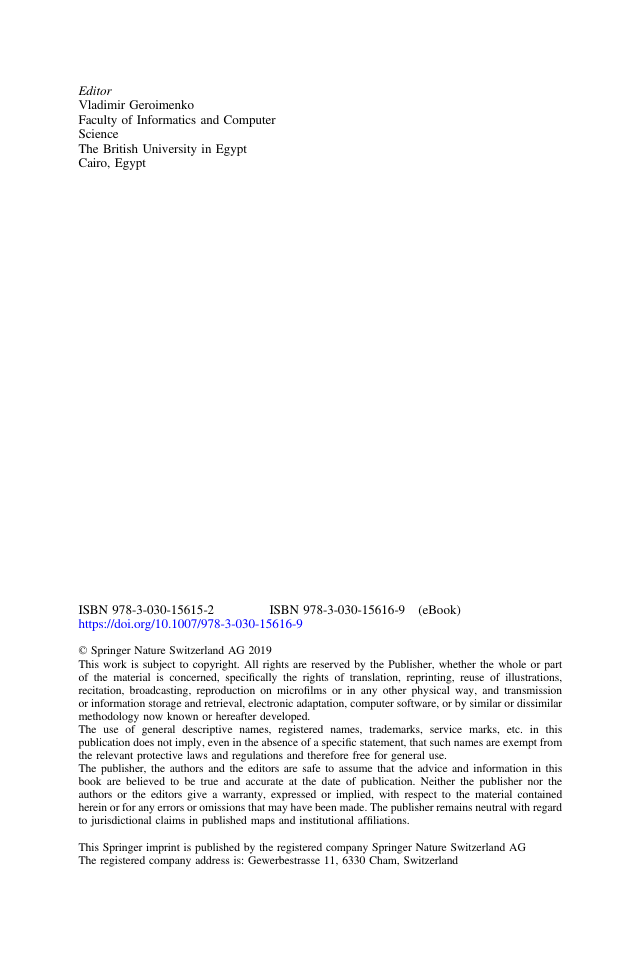
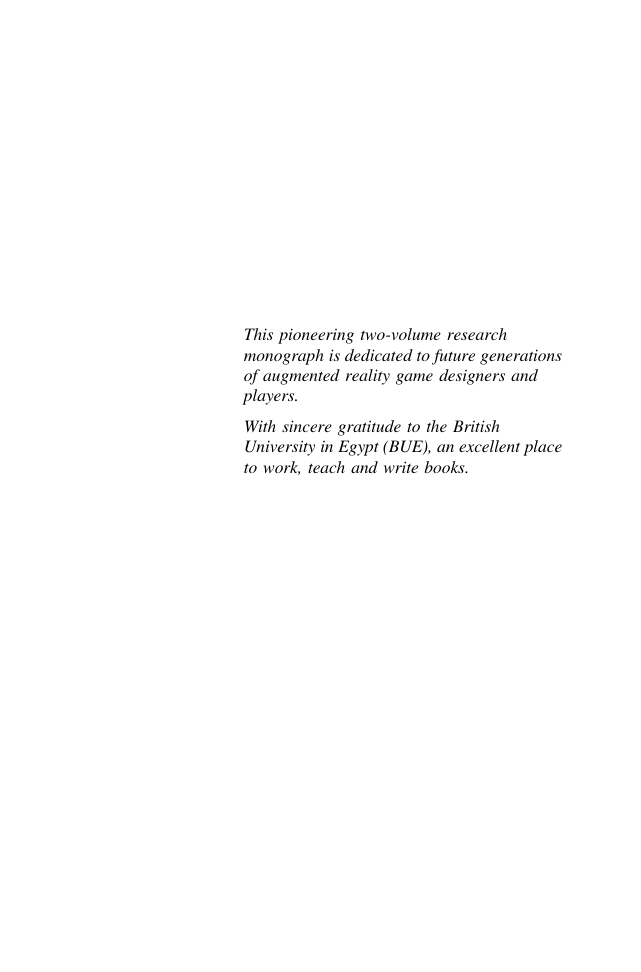

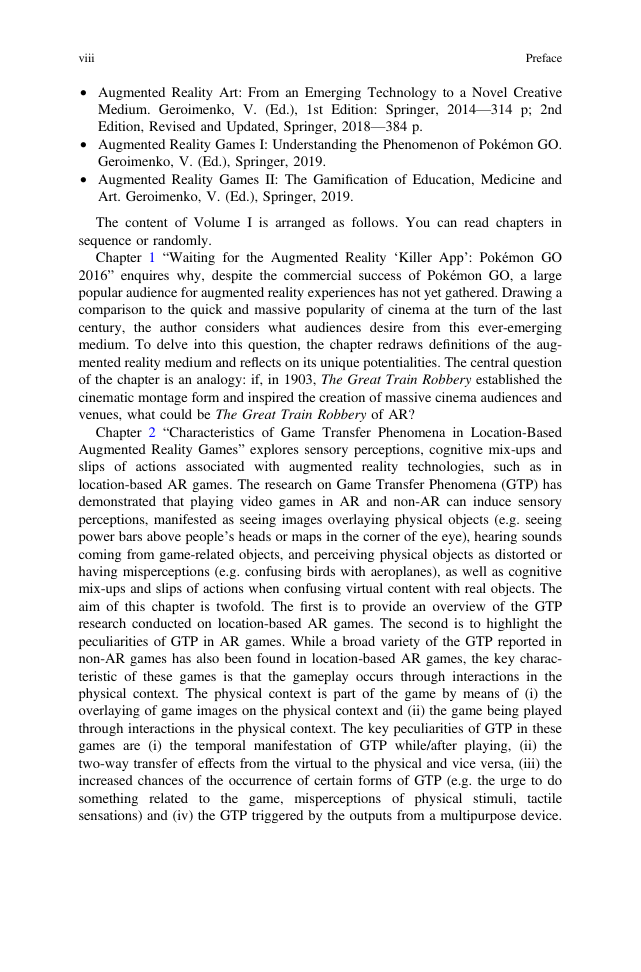
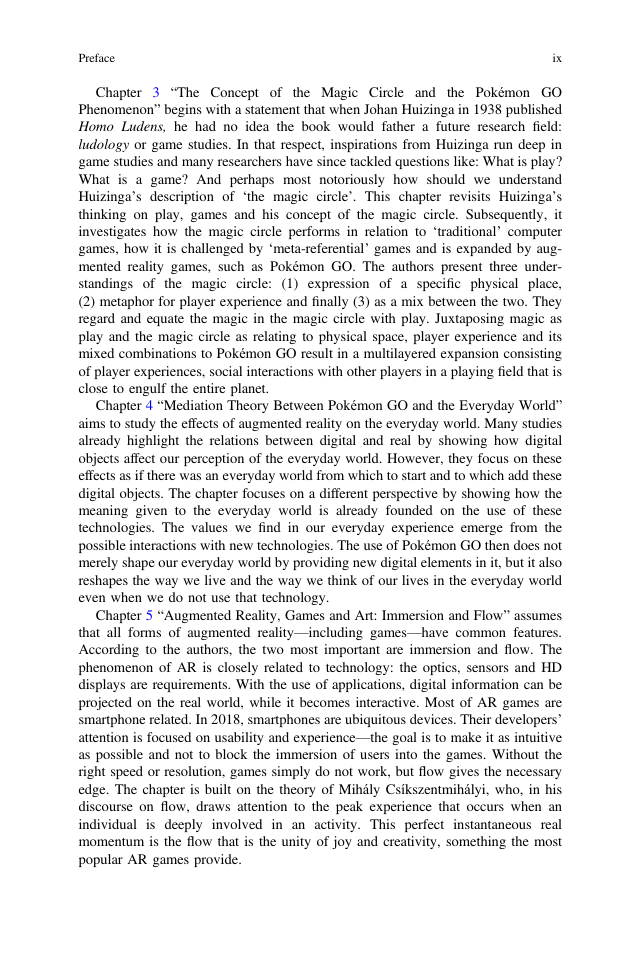








 2023年江西萍乡中考道德与法治真题及答案.doc
2023年江西萍乡中考道德与法治真题及答案.doc 2012年重庆南川中考生物真题及答案.doc
2012年重庆南川中考生物真题及答案.doc 2013年江西师范大学地理学综合及文艺理论基础考研真题.doc
2013年江西师范大学地理学综合及文艺理论基础考研真题.doc 2020年四川甘孜小升初语文真题及答案I卷.doc
2020年四川甘孜小升初语文真题及答案I卷.doc 2020年注册岩土工程师专业基础考试真题及答案.doc
2020年注册岩土工程师专业基础考试真题及答案.doc 2023-2024学年福建省厦门市九年级上学期数学月考试题及答案.doc
2023-2024学年福建省厦门市九年级上学期数学月考试题及答案.doc 2021-2022学年辽宁省沈阳市大东区九年级上学期语文期末试题及答案.doc
2021-2022学年辽宁省沈阳市大东区九年级上学期语文期末试题及答案.doc 2022-2023学年北京东城区初三第一学期物理期末试卷及答案.doc
2022-2023学年北京东城区初三第一学期物理期末试卷及答案.doc 2018上半年江西教师资格初中地理学科知识与教学能力真题及答案.doc
2018上半年江西教师资格初中地理学科知识与教学能力真题及答案.doc 2012年河北国家公务员申论考试真题及答案-省级.doc
2012年河北国家公务员申论考试真题及答案-省级.doc 2020-2021学年江苏省扬州市江都区邵樊片九年级上学期数学第一次质量检测试题及答案.doc
2020-2021学年江苏省扬州市江都区邵樊片九年级上学期数学第一次质量检测试题及答案.doc 2022下半年黑龙江教师资格证中学综合素质真题及答案.doc
2022下半年黑龙江教师资格证中学综合素质真题及答案.doc